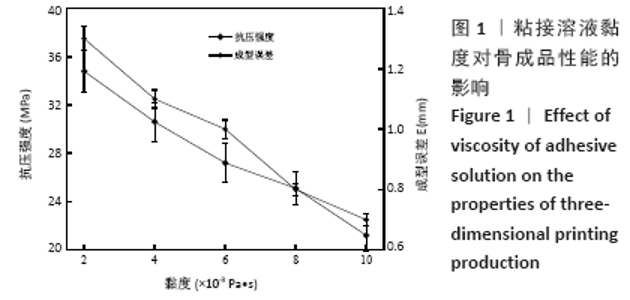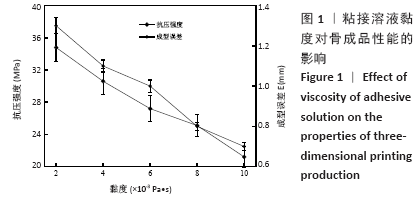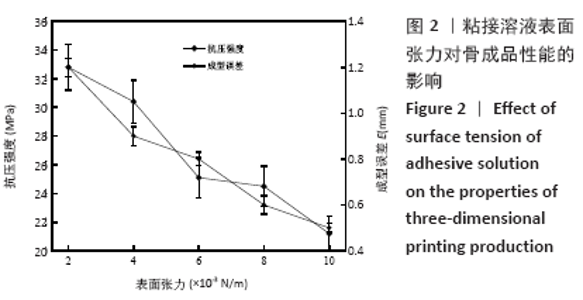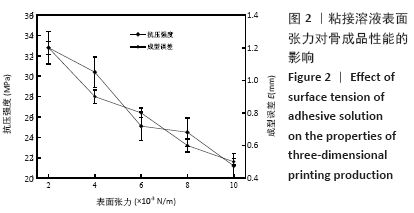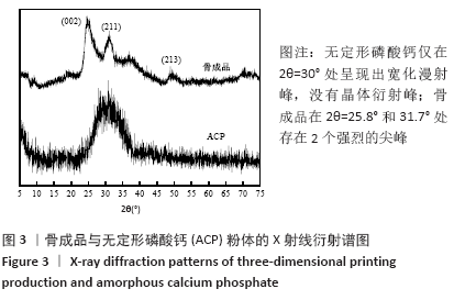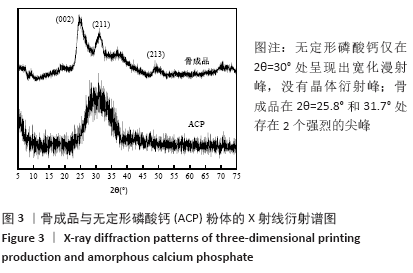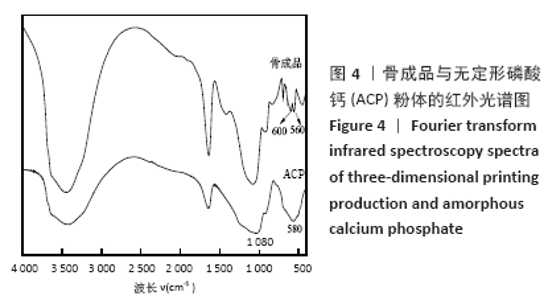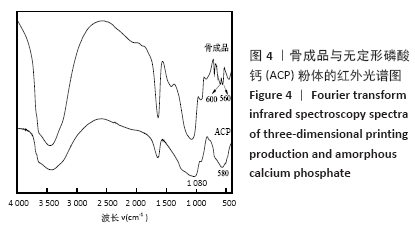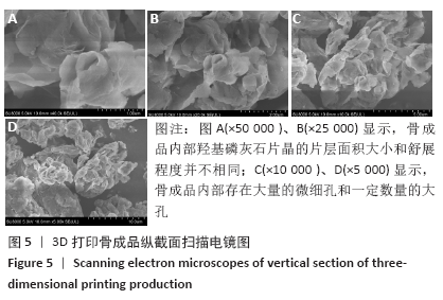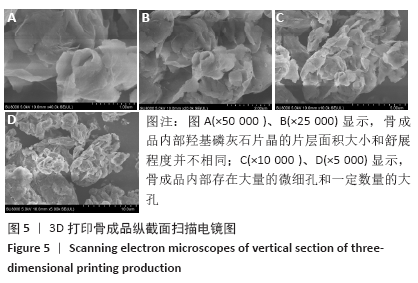| [1] |
Che Yanjun, Hu Dan, Si Weibing, Gu Xueping, Hao Yuefeng.
Bone cement interval perfusion in hyperextension position for treatment of senile osteoporotic vertebral compression fractures
[J]. Chinese Journal of Tissue Engineering Research, 2022, 26(10): 1555-1561.
|
| [2] |
Xu Feng, Kang Hui, Wei Tanjun, Xi Jintao.
Biomechanical analysis of different fixation methods of pedicle screws for thoracolumbar fracture
[J]. Chinese Journal of Tissue Engineering Research, 2021, 25(9): 1313-1317.
|
| [3] |
Jiang Yong, Luo Yi, Ding Yongli, Zhou Yong, Min Li, Tang Fan, Zhang Wenli, Duan Hong, Tu Chongqi.
Von Mises stress on the influence of pelvic stability by precise sacral resection and clinical validation
[J]. Chinese Journal of Tissue Engineering Research, 2021, 25(9): 1318-1323.
|
| [4] |
Zhang Tongtong, Wang Zhonghua, Wen Jie, Song Yuxin, Liu Lin.
Application of three-dimensional printing model in surgical resection and reconstruction of cervical tumor
[J]. Chinese Journal of Tissue Engineering Research, 2021, 25(9): 1335-1339.
|
| [5] |
Zhang Yu, Tian Shaoqi, Zeng Guobo, Hu Chuan.
Risk factors for myocardial infarction following primary total joint arthroplasty
[J]. Chinese Journal of Tissue Engineering Research, 2021, 25(9): 1340-1345.
|
| [6] |
Wei Wei, Li Jian, Huang Linhai, Lan Mindong, Lu Xianwei, Huang Shaodong.
Factors affecting fall fear in the first movement of elderly patients after total knee or hip arthroplasty
[J]. Chinese Journal of Tissue Engineering Research, 2021, 25(9): 1351-1355.
|
| [7] |
Wang Jinjun, Deng Zengfa, Liu Kang, He Zhiyong, Yu Xinping, Liang Jianji, Li Chen, Guo Zhouyang.
Hemostatic effect and safety of intravenous drip of tranexamic acid combined with topical application of cocktail containing tranexamic acid in total knee arthroplasty
[J]. Chinese Journal of Tissue Engineering Research, 2021, 25(9): 1356-1361.
|
| [8] |
Xiao Guoqing, Liu Xuanze, Yan Yuhao, Zhong Xihong.
Influencing factors of knee flexion limitation after total knee arthroplasty with posterior stabilized prostheses
[J]. Chinese Journal of Tissue Engineering Research, 2021, 25(9): 1362-1367.
|
| [9] |
Huang Zexiao, Yang Mei, Lin Shiwei, He Heyu.
Correlation between the level of serum n-3 polyunsaturated fatty acids and quadriceps weakness in the early stage after total knee arthroplasty
[J]. Chinese Journal of Tissue Engineering Research, 2021, 25(9): 1375-1380.
|
| [10] |
Zhang Chong, Liu Zhiang, Yao Shuaihui, Gao Junsheng, Jiang Yan, Zhang Lu.
Safety and effectiveness of topical application of tranexamic acid to reduce drainage of elderly femoral neck fractures after total hip arthroplasty
[J]. Chinese Journal of Tissue Engineering Research, 2021, 25(9): 1381-1386.
|
| [11] |
Wang Haiying, Lü Bing, Li Hui, Wang Shunyi.
Posterior lumbar interbody fusion for degenerative lumbar spondylolisthesis: prediction of functional prognosis of patients based on spinopelvic parameters
[J]. Chinese Journal of Tissue Engineering Research, 2021, 25(9): 1393-1397.
|
| [12] |
Lü Zhen, Bai Jinzhu.
A prospective study on the application of staged lumbar motion chain rehabilitation based on McKenzie’s technique after lumbar percutaneous transforaminal endoscopic discectomy
[J]. Chinese Journal of Tissue Engineering Research, 2021, 25(9): 1398-1403.
|
| [13] |
Chen Xinmin, Li Wenbiao, Xiong Kaikai, Xiong Xiaoyan, Zheng Liqin, Li Musheng, Zheng Yongze, Lin Ziling.
Type A3.3 femoral intertrochanteric fracture with augmented proximal femoral nail anti-rotation in the elderly: finite element analysis of the optimal amount of bone cement
[J]. Chinese Journal of Tissue Engineering Research, 2021, 25(9): 1404-1409.
|
| [14] |
Du Xiupeng, Yang Zhaohui.
Effect of degree of initial deformity of impacted femoral neck fractures under 65 years of age on femoral neck shortening
[J]. Chinese Journal of Tissue Engineering Research, 2021, 25(9): 1410-1416.
|
| [15] |
Zhang Shangpu, Ju Xiaodong, Song Hengyi, Dong Zhi, Wang Chen, Sun Guodong.
Arthroscopic suture bridge technique with suture anchor in the treatment of acromioclavicular dislocation
[J]. Chinese Journal of Tissue Engineering Research, 2021, 25(9): 1417-1422.
|
